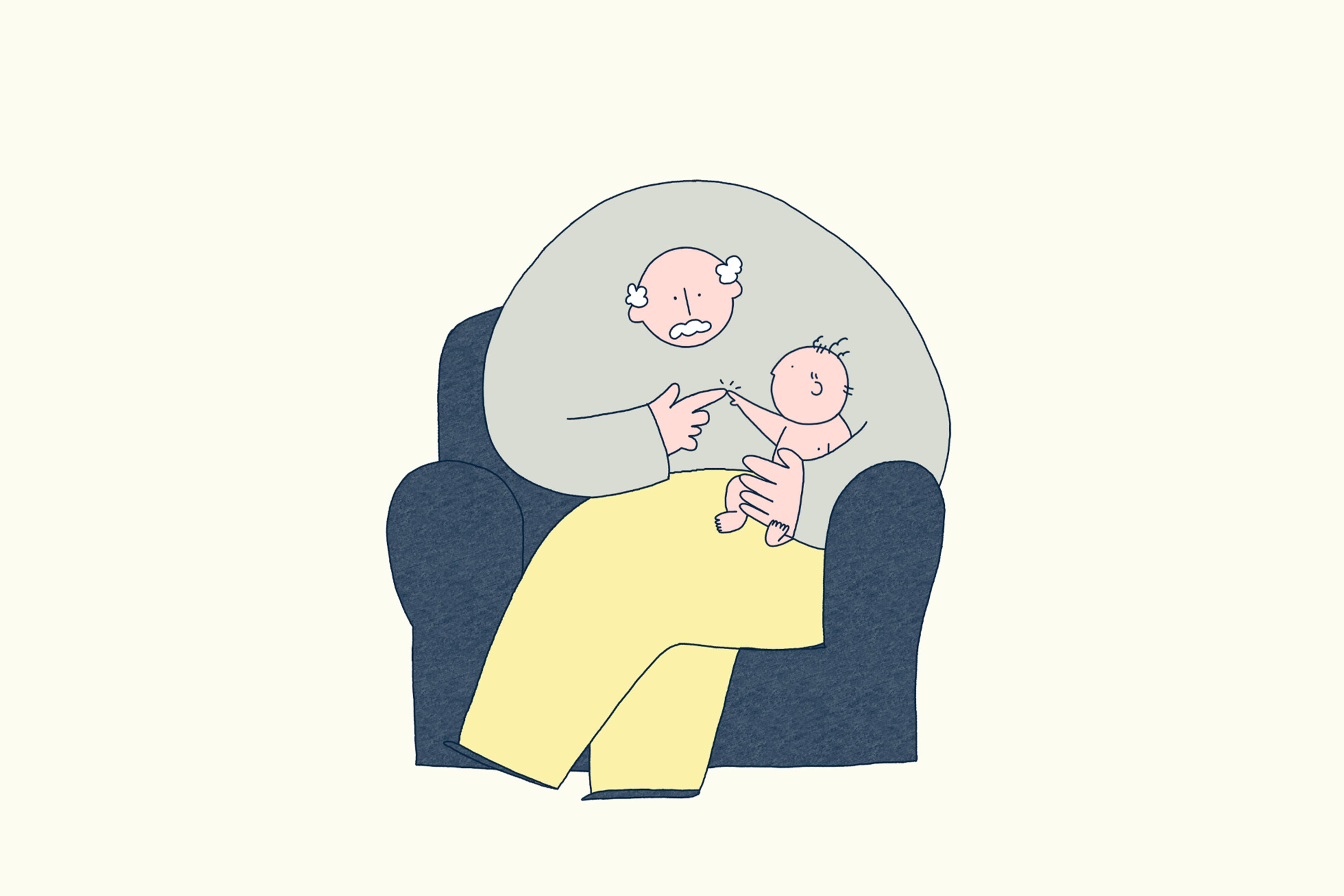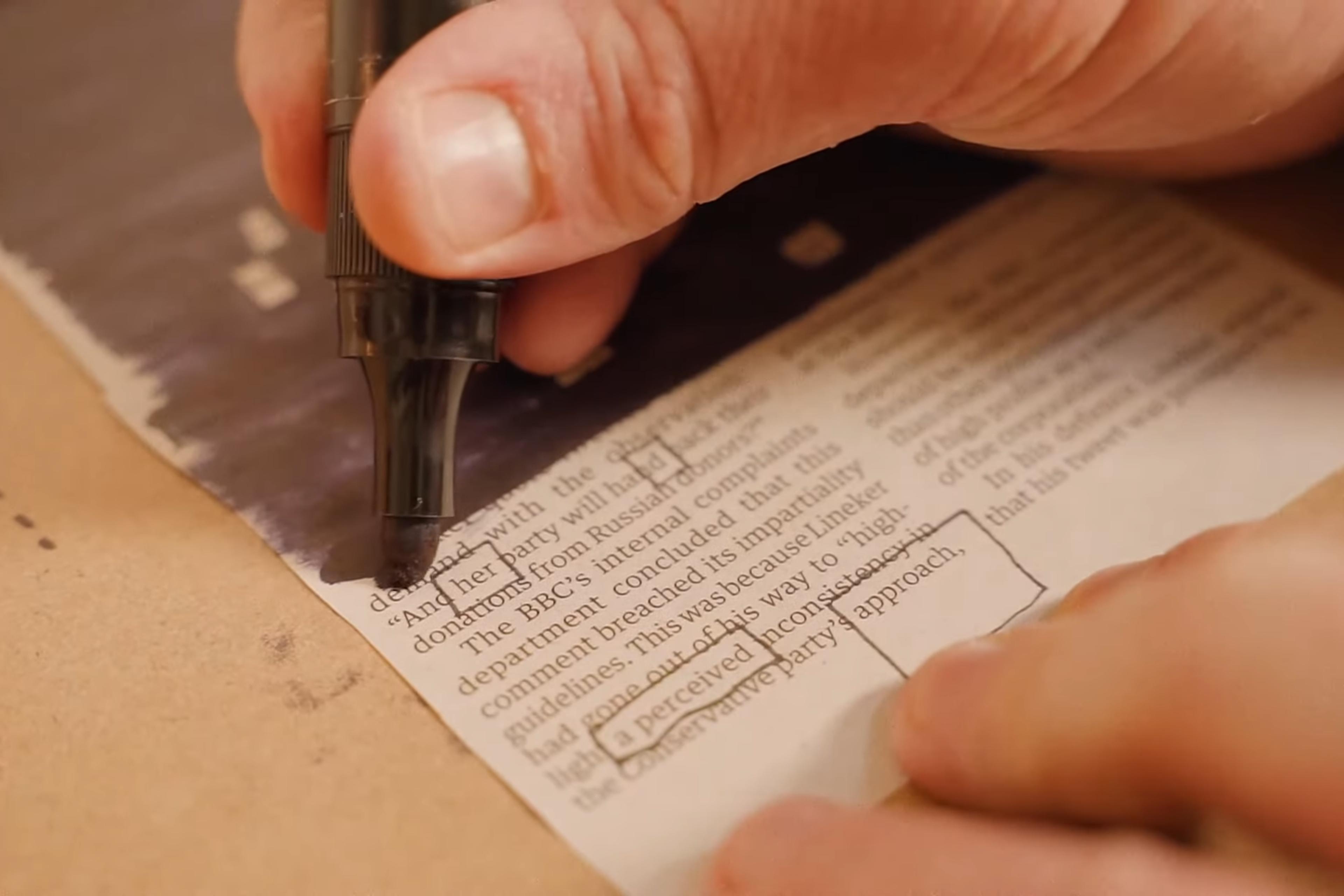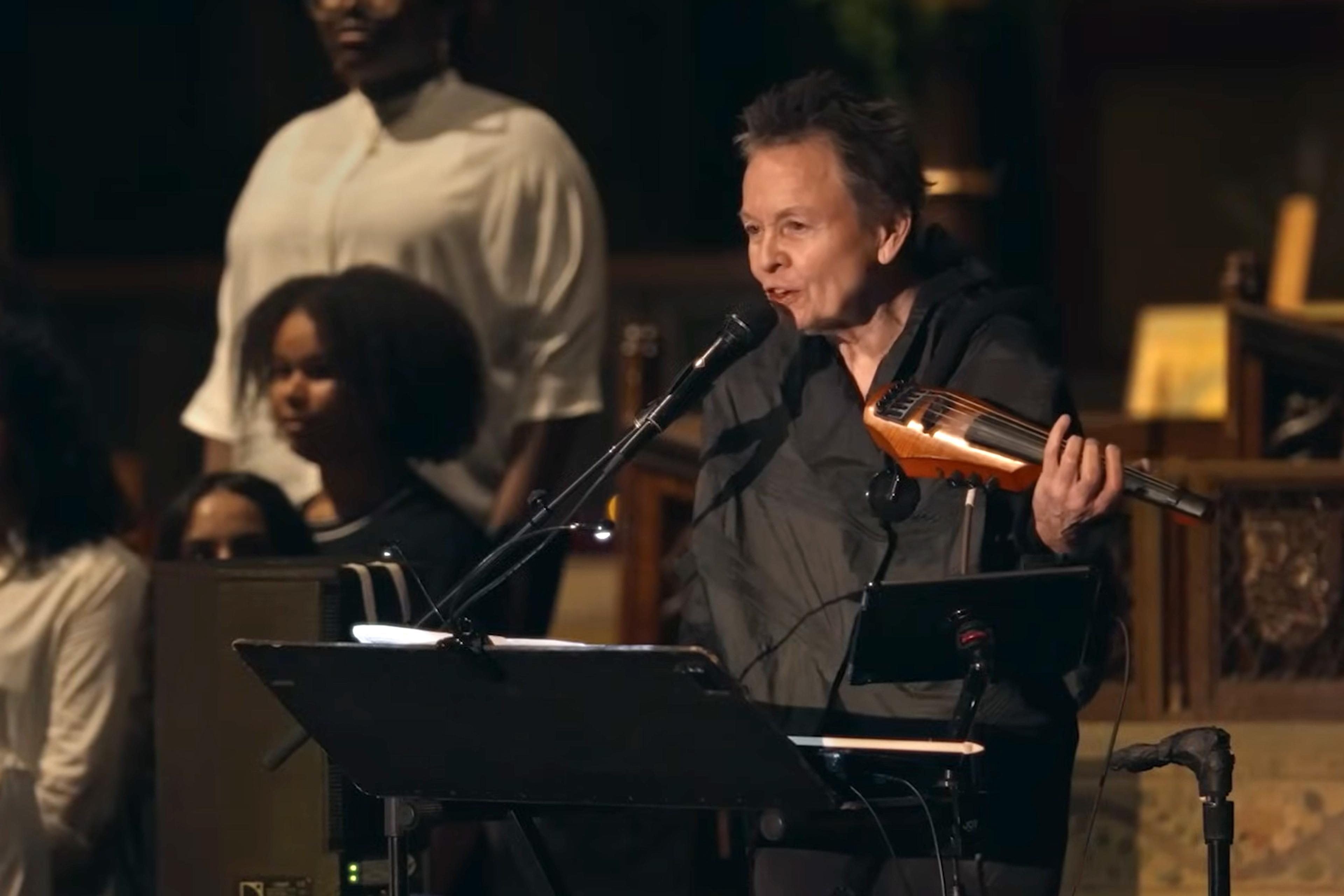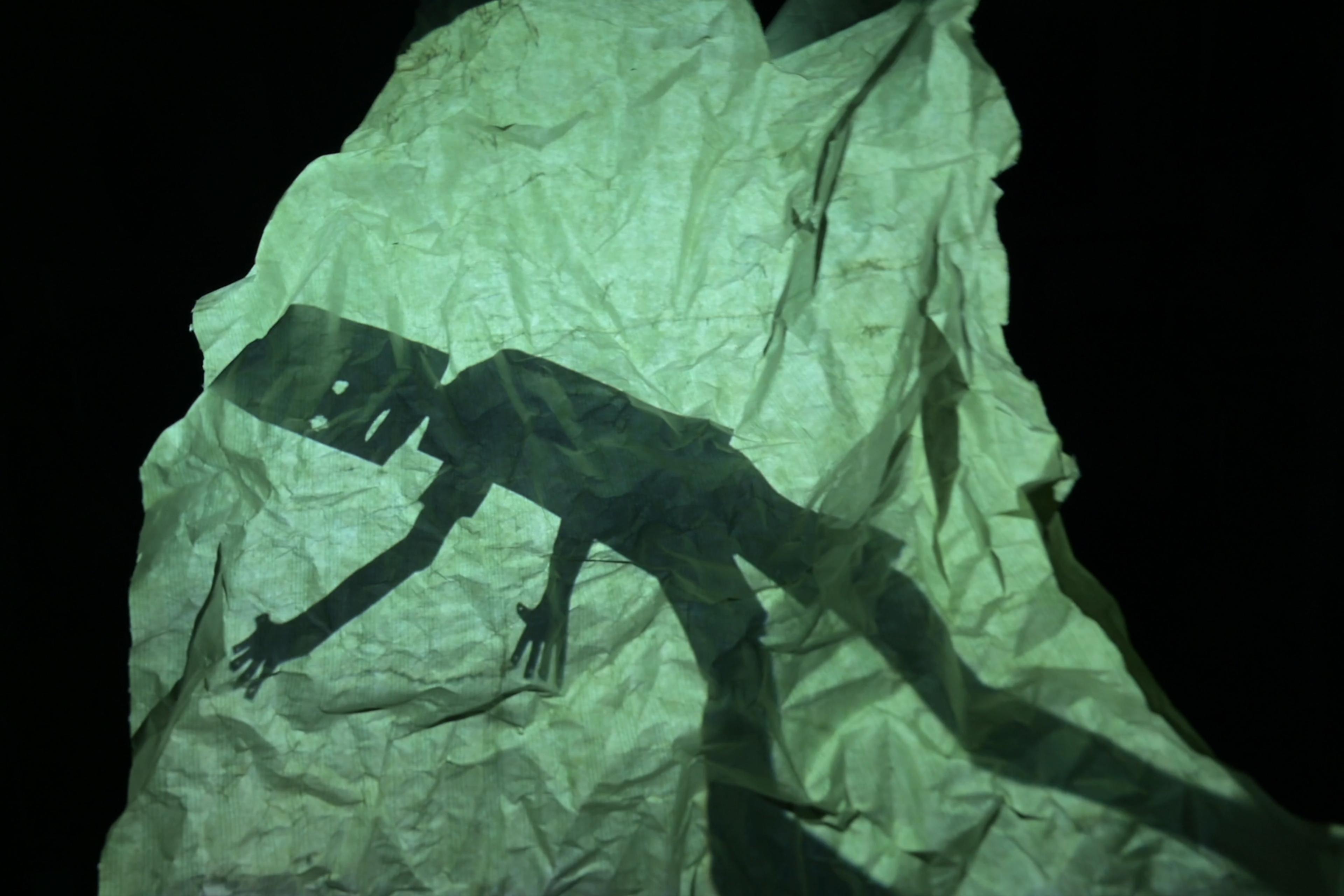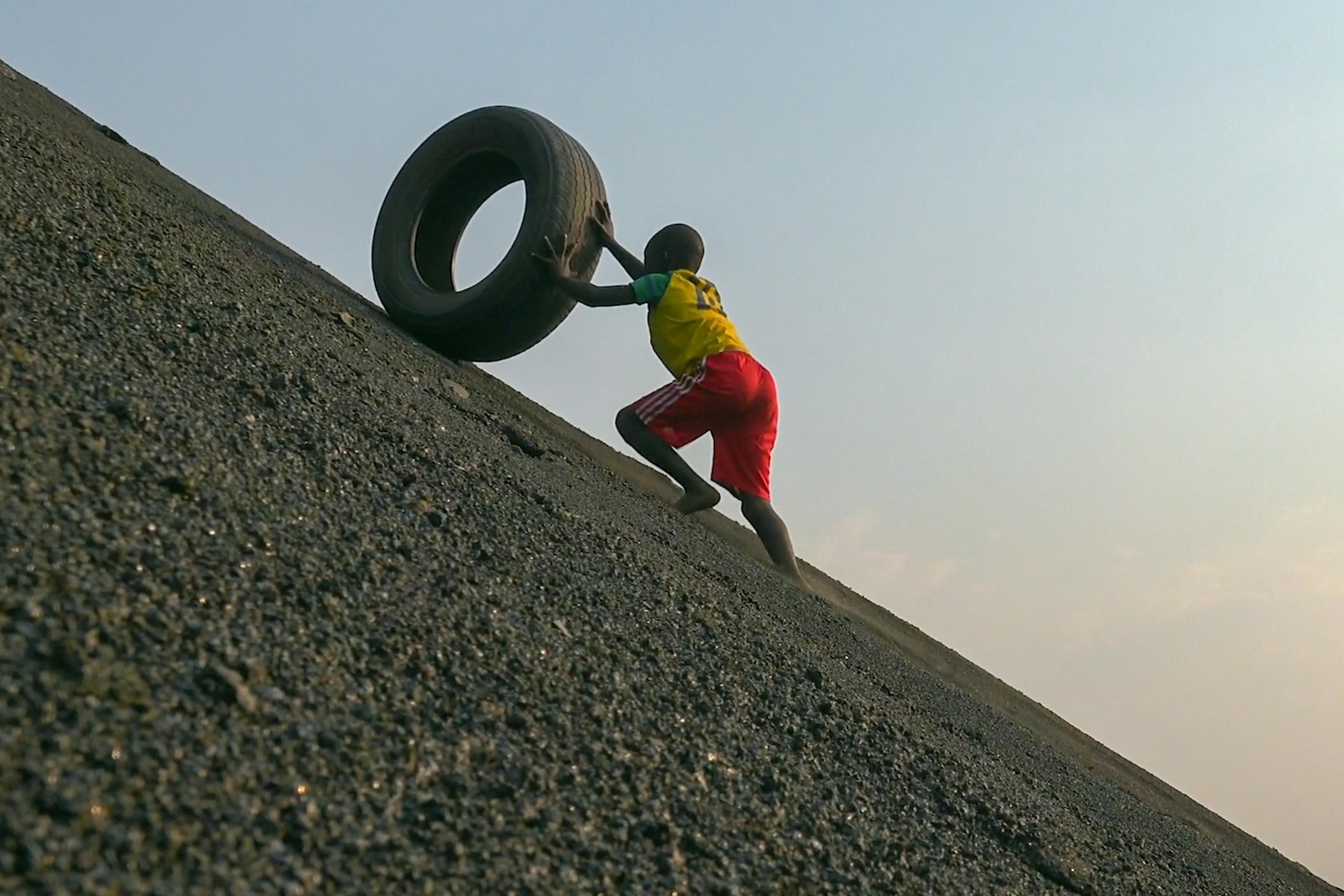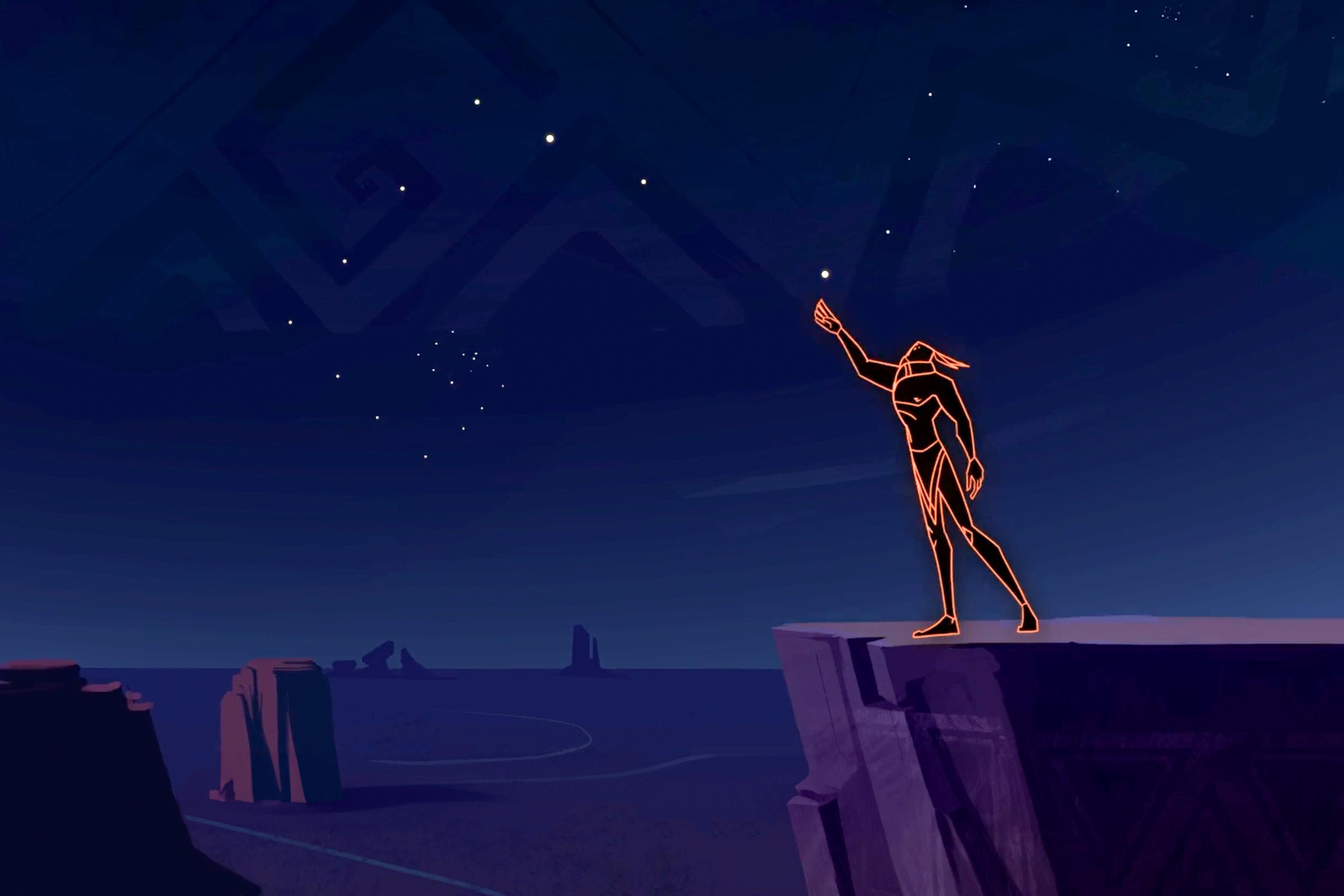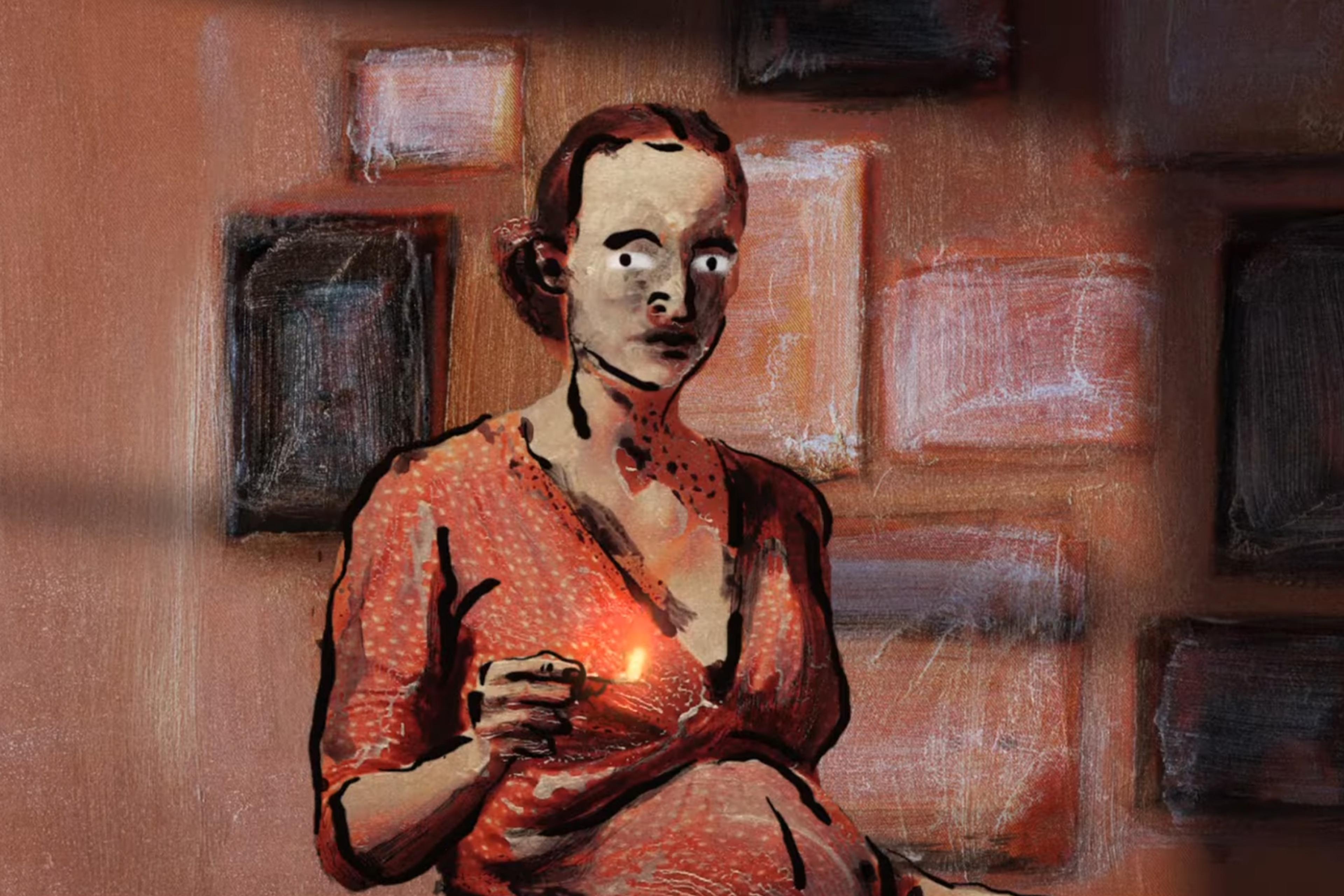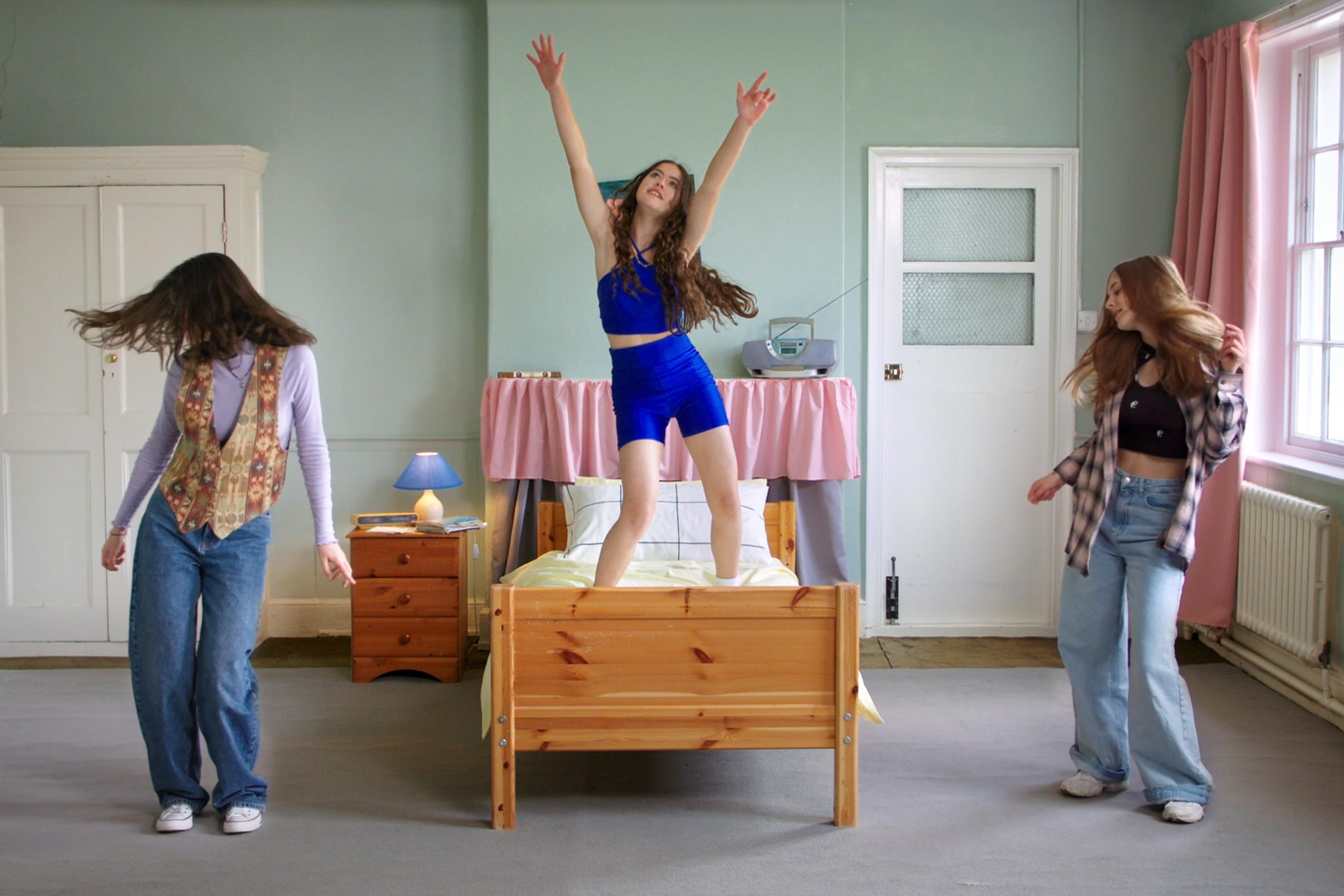our parents had told us:
‘never go near that house.’
so, of course, we went.
To many modern readers, the name Charles Bukowski summons a somewhat unfashionable preoccupation with examining and exuding traditional masculinity – one shared by some of the prominent American literary men of the 20th century, including Ernest Hemingway and Henry Miller, two of the poet’s influences. For others, his name brings to mind the direct and poignant style characterised by one of Bukowski’s most famous poems, Bluebird – a reflection on vulnerability in which he stops a fragile creature from breaking free from the cage of his heart, lest it ‘screw up the works’ and ‘blow up’ his European book sales. It’s a manliness built on a shakier foundation than Hemingway’s hyperbolic machismo of great hunts and great wars. It’s often awash in cheap booze, cigarette fumes and sex-for-pay. It’s a manliness that’s unromantic, sometimes even repellent, and, at least for Bukowski, much closer to reality.
Released as part of his final poetry collection, The Last Night of the Earth Poems (1992), ‘The Man With the Beautiful Eyes’ recalls a gang of neighbourhood kids who wander around the yard of a mysterious, unkept house that their parents have warned them against visiting. One day, they briefly encounter the man living inside – an erratic alcoholic who moves through the world wholly unconcerned with social norms. They find themselves drawn to him. When they later discover the man’s house burning to the ground, they decide that their parents must be responsible, as the man who lived there had made them ashamed of their own respectable lives. It concludes with a jarring declaration:
we were afraid
then
that
all throughout our lives
things like that
would
happen,
that nobody
wanted
anybody
to be
strong and
beautiful
like that,
that
others would never
allow it,
and that
many people
would have to
die.
Today, the poem is often experienced alongside its animated adaptation by the filmmaker Jonathan Hodgson and the illustrator Jonny Hannah, which won a British Academy of Film and Television Arts (BAFTA) Award for Best Short Animation in 2000. Created frame-by-frame using paint, ink and collage, the film forms a surreal world that straddles the terrain of dreams, memory and childhood. Working with what he calls ‘bad animation’, Hodgson finds inspiration in the art of children, teenagers and outsiders for the imagery, which eschews traditional rules of perspective, distorts proportions and is often inconsistent in detail. Through this distinctive style, the filmmakers immerse the viewer in both the naïveté of the children and the rawness of Bukowski’s language.
As in much of Bukowski’s writing, sparse and elegant passages are abruptly interrupted by grime and violence, cracking – if not entirely breaking – a beguiling veneer. It’s unclear where one’s sympathies are meant to lay, if anywhere at all. The question of whether there’s anything to be admired in the ‘strong natural, man’ compared with the sanitised lives of the children’s parents, or whether the children’s veneration of him is a disturbing comment on masculinity, is left entirely to the reader. Mirroring the poet, Hodgson and Hannah keep any moral judgments from their presentation. But tangled in this ambiguity, the words, images and pensive voice performances build something stirring, even haunting, that seems to demand to be absorbed again just as soon as the credits begin to roll.
Written by Adam D’Arpino
